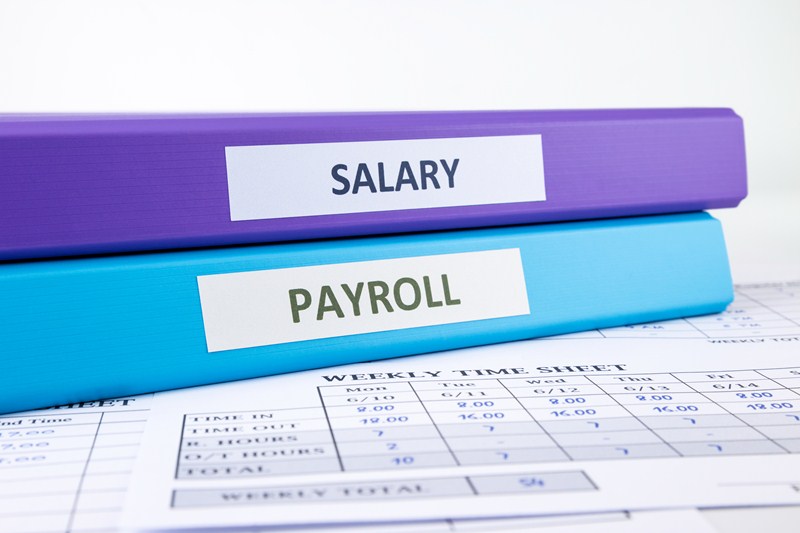The P9X form is used to notify employers of the tax codes to use for employees. The latest version of the form has been published and shows the tax codes to use from 6 April 2023. The form states that the basic personal allowance for the tax year starting 6 April 2023 will, as expected, be £12,570 (£12,570 in 2022-23) and this means that the tax code for emergency use will remain at 1257L.
The basic rate limit will be £37,700 (£37,700 in 2022-23) except for those defined as Scottish taxpayers who have a lower basic rate limit as well as an intermediate rate. The new form P9X is available online on GOV.UK to download or print.
The P9X (2023) form also includes information to help employers in the new tax year. The document also reminds employers that have new employees starting work between 6 April and 24 May 2023 and who provide you with a P45 to follow the instructions at www.gov.uk/new-employee.




